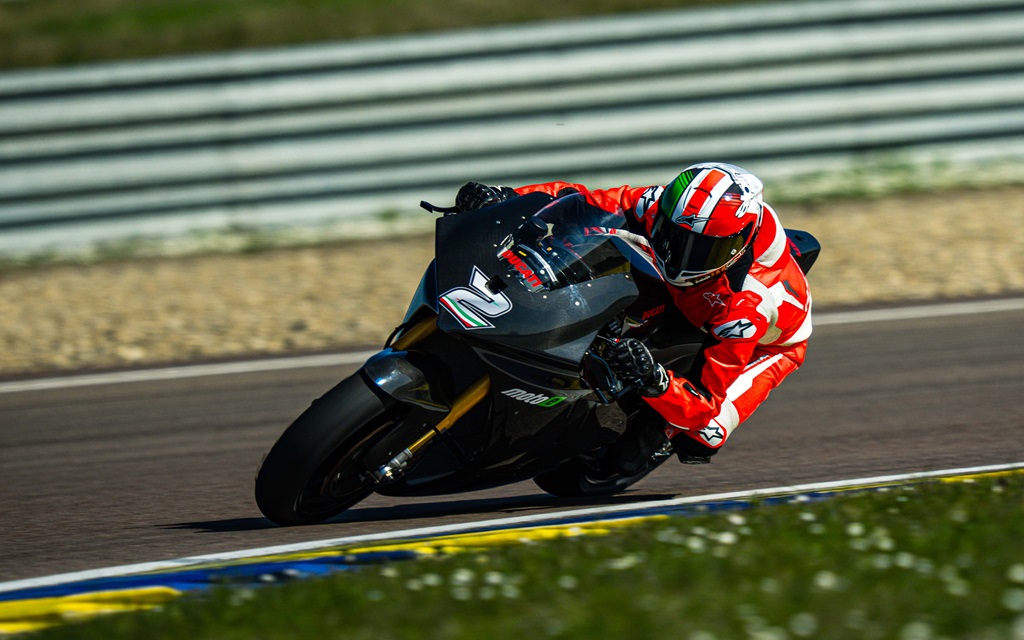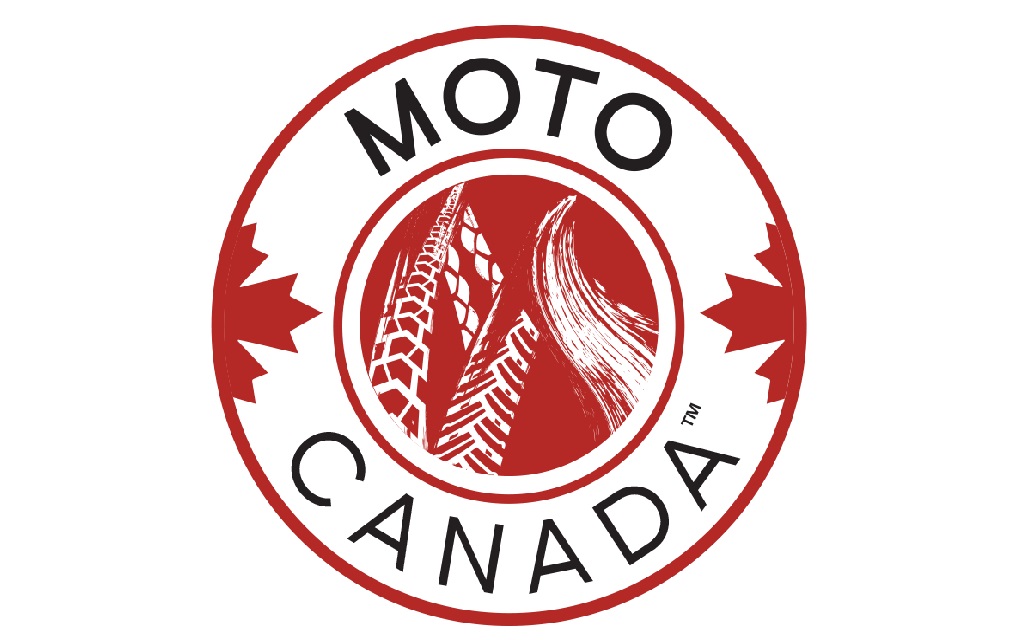How do you make a helmet absorb more shocks? Put in shock absorbers
Despite their wild graphics and supposedly increasingly aerodynamic shapes, helmet design — or, more specifically, the way that helmets ward off impacts — remains decidedly retro. Yes, ventilation systems have improved and some manufacturers — notably Bell — are offering custom fitting services, but their basic construction, notably the foam liners that actually absorb the impact of a collision, have remained essentially unchanged for the last couple of decades.
The mix and density of the energy-absorbing materials has evolved, but essentially your precious — and fragile — noggin is at the mercy of the same expanded polystyrene (EPS) that is used to make coolers, surfboards and maybe even the packing “peanuts” your helmet was shipped in. Essentially, the closed-cell EPS in your helmet is crushed as it absorbs the energy of the impact, reducing the energy that will get to your skull and brain.
In an ideal world, said foam would be soft enough to offer cushioning against any impact and thick enough to absorb any blow no matter how brutal. Unfortunately, in the real world, a foam layer much thicker than an inch or so would render a helmet impractically large. And therein lies the safety-engineering rub; any foam soft enough to absorb low impacts without injury won’t be strong enough for harsher collisions and, conversely, any EPS tough enough to withstand the ultimate hit is going to pass along too much energy at lesser impacts.
Historically, this compromise has produced discord in the helmet industry. Do you produce a helmet capable of withstanding harsher impacts — as the Snell Memorial Foundation has historically required — and accept that the foam may be too hard for lower impact hits? Or do you build a softer cushioning layer — to meet US DOT requirements — that prevent low-speed injury but might not offer as much high-impact protection? The problem has long plagued the helmet industry, so much so that many high-end manufacturers employ multiple layers of EPS with different densities to meet both criteria. Even with this compromise, however, the complaint remains that traditional helmets, in focusing too much on the worst-case scenario, cause too many concussions in low-impact collisions.
Enter 6D Helmets. Basically, what 6D does is split said EPS layer in two, separating them with 27 tiny shock absorbers in what the company dubs an Omni-Directional Suspension (ODS) system. The science is ingeniously simple. The comparatively soft rubber dampers absorb low-energy hits, minimizing their impact on the rider. Then, under larger jolts, the dampers compress enough to ‘bottom out’ the shock absorbers — think an old TM250 motocrosser over nasty whoops here — and the two layers of EPS come together and manage the high-energy strikes in much the same way that traditional helmets do.
Perhaps even more important, says co-founder Robert Reisinger, is that “traditional helmets do nothing to reduce angular impacts.” The ODS system, because he two EPS layers can rotate with respect to one another, can mitigate angular acceleration — think of the impact of a Joe Frazier left hook on the chin here — “in the neighbourhood of 80 percent.” This is crucial, says Reisinger, “since the medical industry says that rotational energy is the number one cause for brain injury,” the result of shearing and tearing of the brain within the skull.
Unfortunately — actually, fortunately — I didn’t have cause to test 6D’s energy absorption claims. That said, I spent two weeks riding around southern California with my cranium so adorned and can attest that, along with its ground-breaking technologically, the new ATS-1 is also a damned fine helmet.
Indeed, considering this is 6D’s first street-oriented helmet — there’s been an off-road version available for a couple of years — the build quality and comfort is extraordinary. The removable and washable microfibre lining is supremely comfortable, the ventilation more than adequate and the face shield — complete with anti-fog PinLock insert — unaffected by distortion. This last also featured extremely robust detents meaning the shield could be held open at any desired angle even at speed.
Complaints are few. The shell, to accommodate the separate EPS layers, is a little larger than a conventional helmet’s — it couldn’t fit into my traditional commodious helmet travelcase — and the entire package, at 1,740 grams for my medium example, is a little heavier than other topflight lids despite its carbon fibre construction. More troublesome is that the ATS-1 is a little noisier than the latest lids from Schuberth and Shoei. Whether or not this is a simple design issue or endemic to its split liner design I don’t know, but considering how long it has taken traditional helmet makers to conquer the noise issue — indeed, some still haven’t — then it’s unsurprising that it remains the ATS-1’s singular compromise.
Nonetheless, the ATS-1 is nothing short of a safety breakthrough and should be on any motorcyclist’s protective gear short list, especially anyone actively racing. The ATS-1 is now available in Canada for $1,050.







